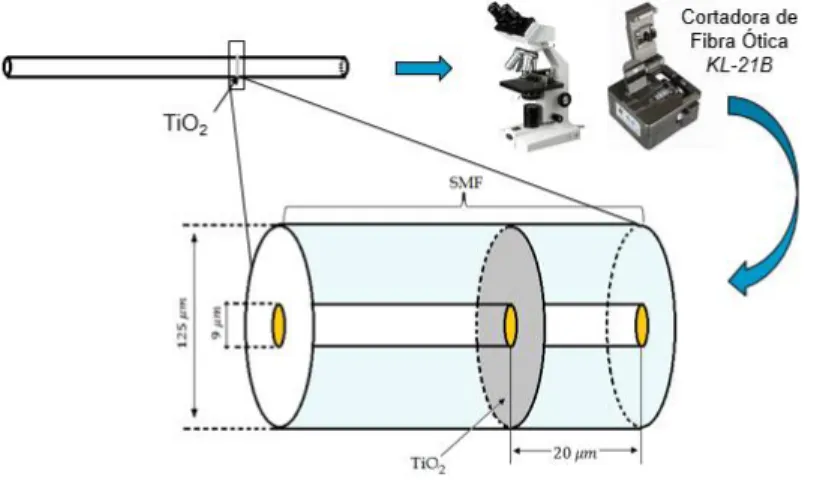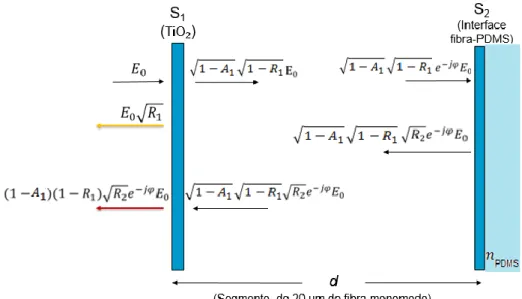Optical fiber temperature sensor based on a microcavity with polymer overlay
Texto completo
Figure

![Figura 2. Diagrama esquemático de un sistema de sensado por fibra óptica [27].](https://thumb-us.123doks.com/thumbv2/123dok_es/5790446.746618/9.918.274.649.576.689/figura-diagrama-esquemático-sistema-sensado-por-fibra-óptica.webp)


Documento similar
In summary, we report a bottom-up approach to fabricate CP films, based on cheap building blocks (CuI and TAA), with 4 nm thickness extended across macroscopic
We have presented a method to protect categorical microdata based on a pre-clustering approach which performs better protections based on sta- tistical and clustering-based
Here, we present a low-order wavefront sensor technique based on an iterative process using post-coronagraphic focal images with a vortex coronagraph.. Our approach is similar to a
Consequently, in this thesis we have generated two cellular models, a mouse model based on NURR1 overexpression in neural stem cells, and a human model based
Figure 4B,C are images of the topography and profile, respectively, of the grating taken in shear force mode with an AFM tip mounted on a QTF fiber probe in buffer solution using
This paper describes the development of a new gateway consisting of an EIB/KNX input module to connect optical fiber sensors directly to the bus.. 2.- Optical
Due to this, the design of the proposed neural network architecture is based on learning structures and focused on non-linear problems, such as the mentioned temperature
In this contribution, a novel learning architecture based on the interconnection of two different learning-based 12 neural networks has been used to both predict temperature and





